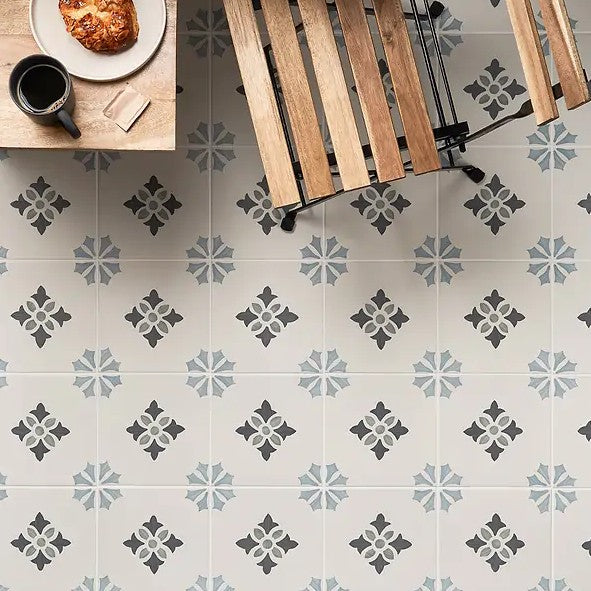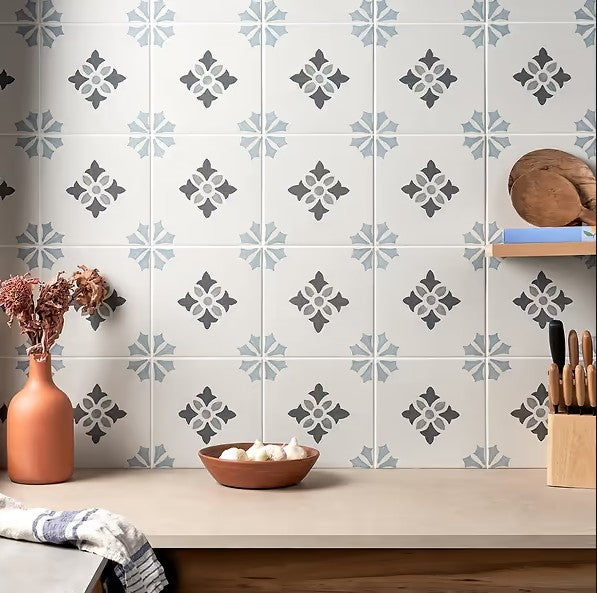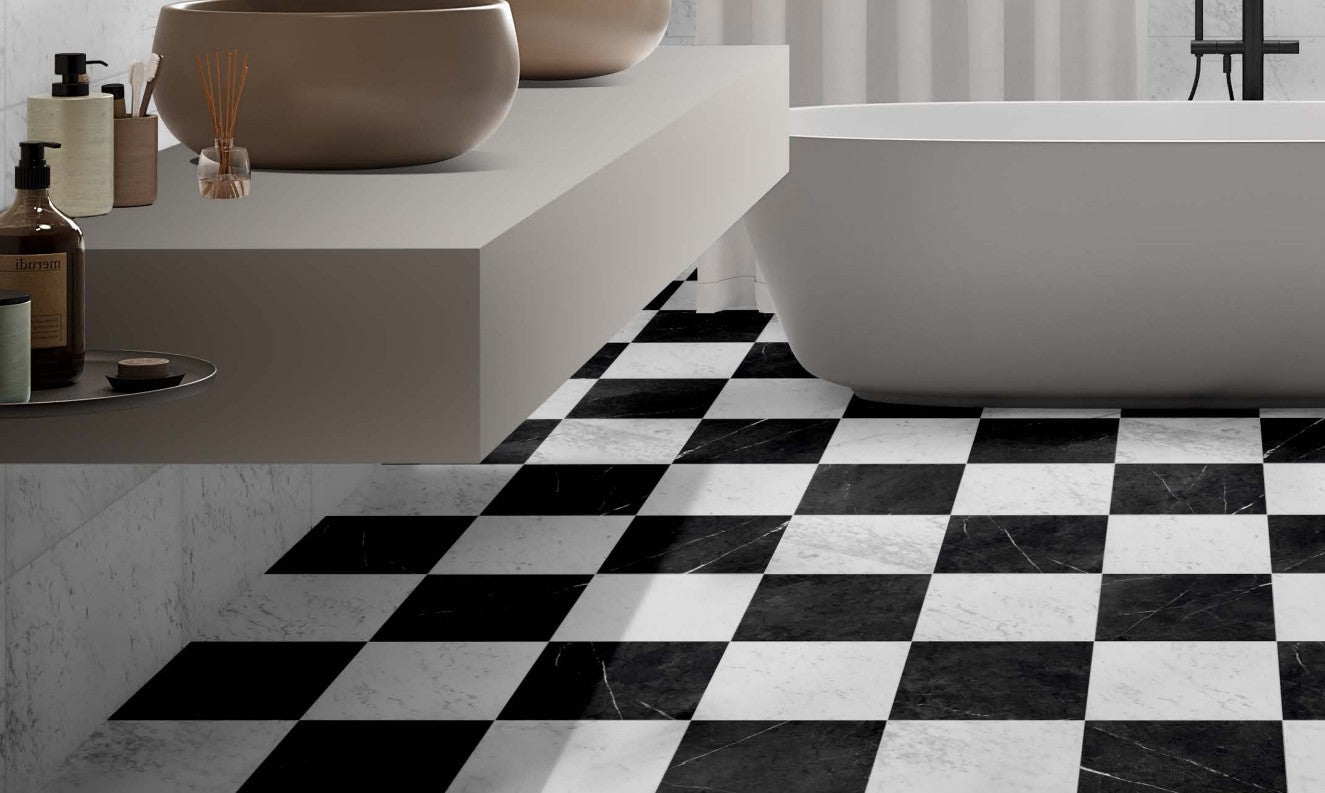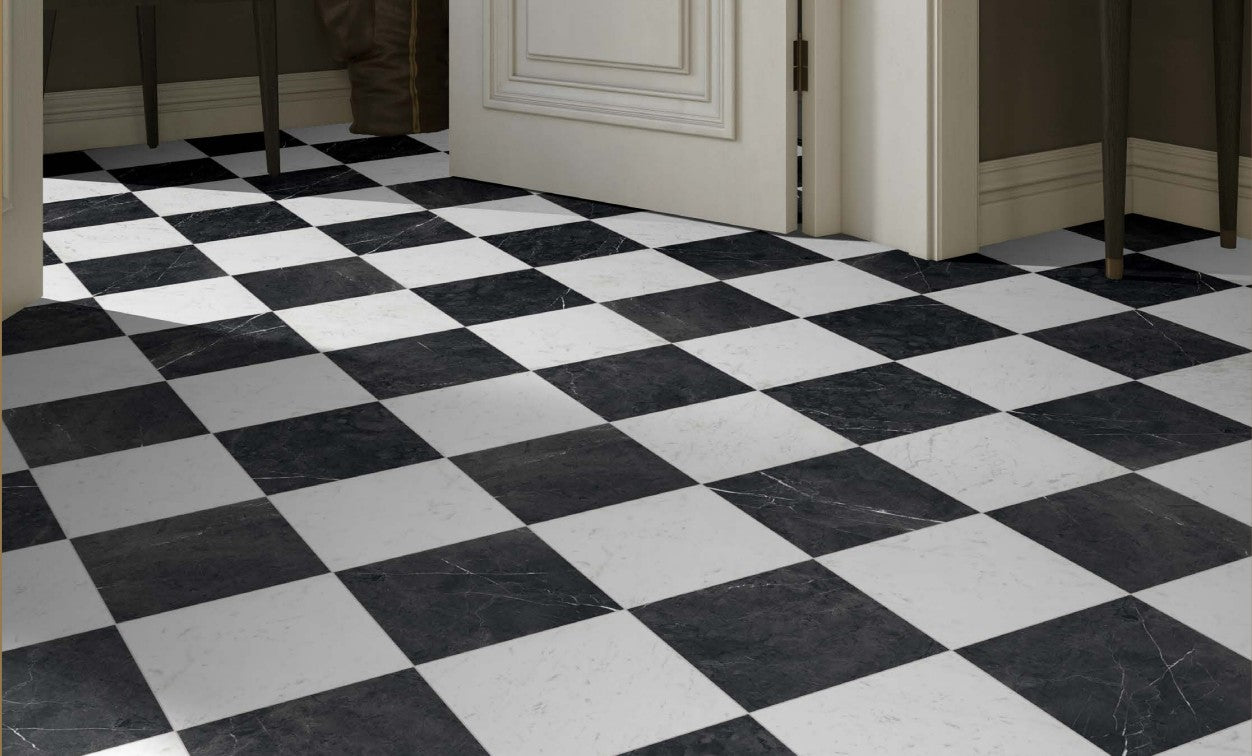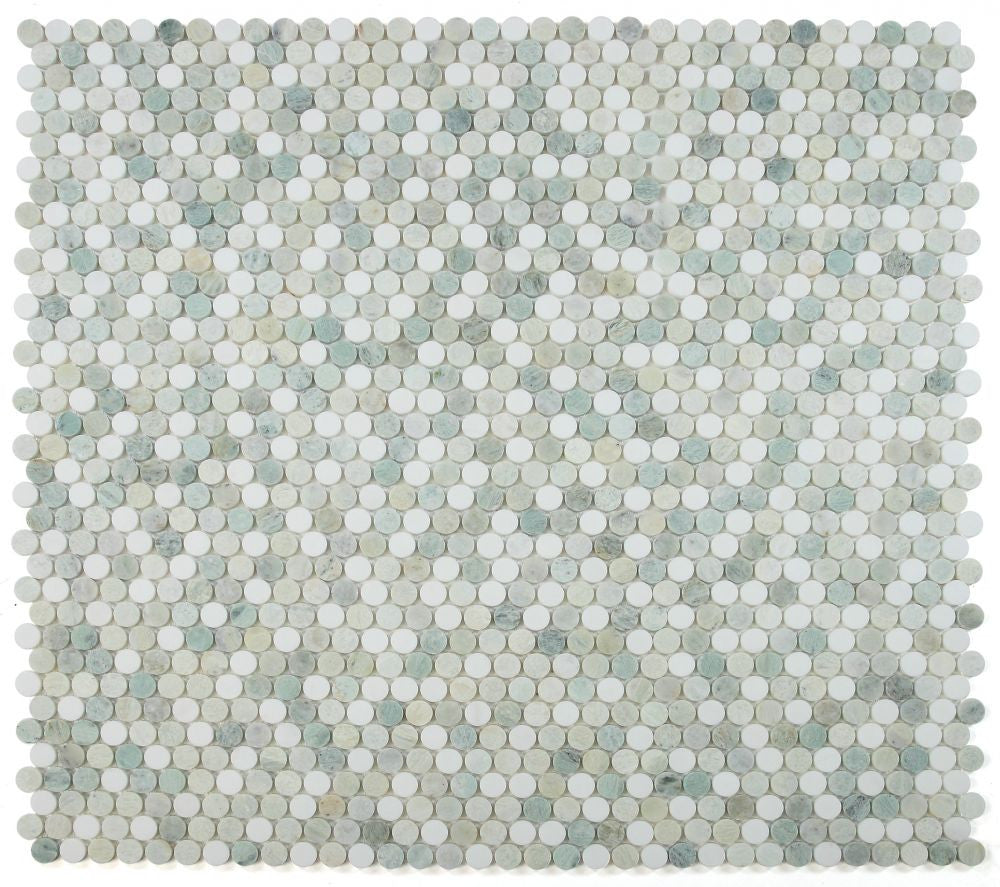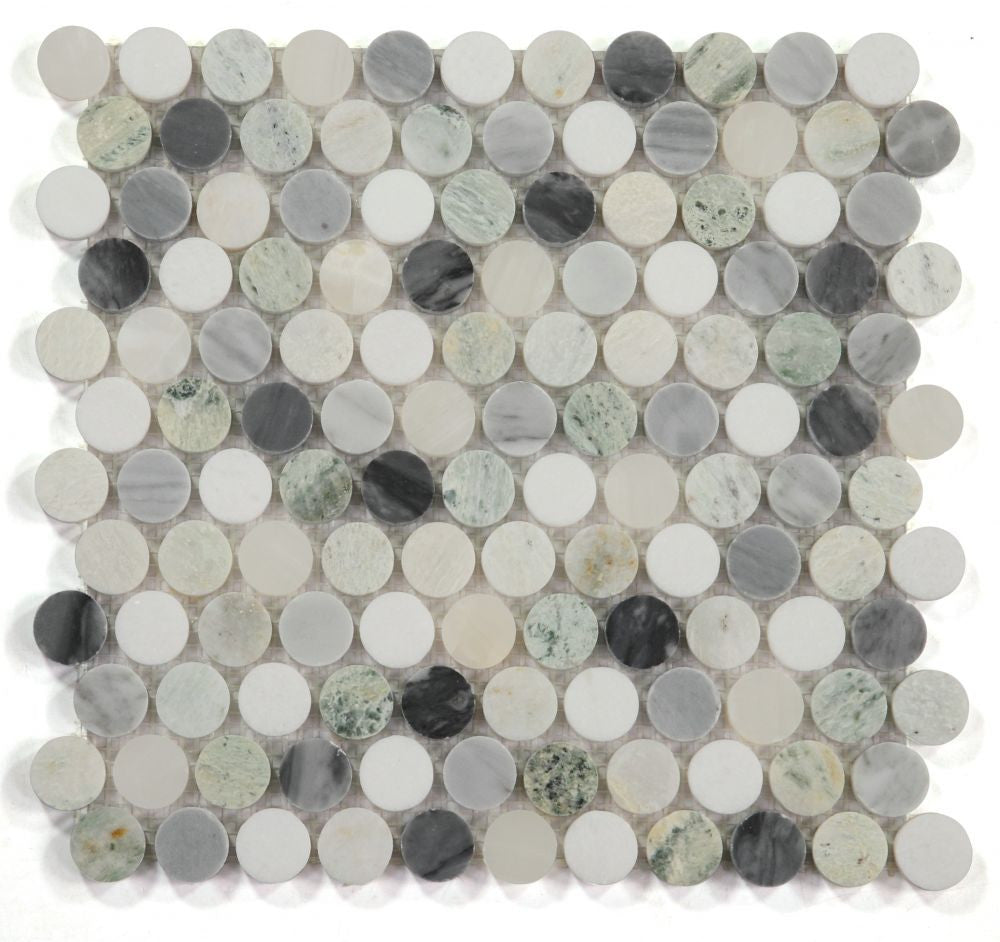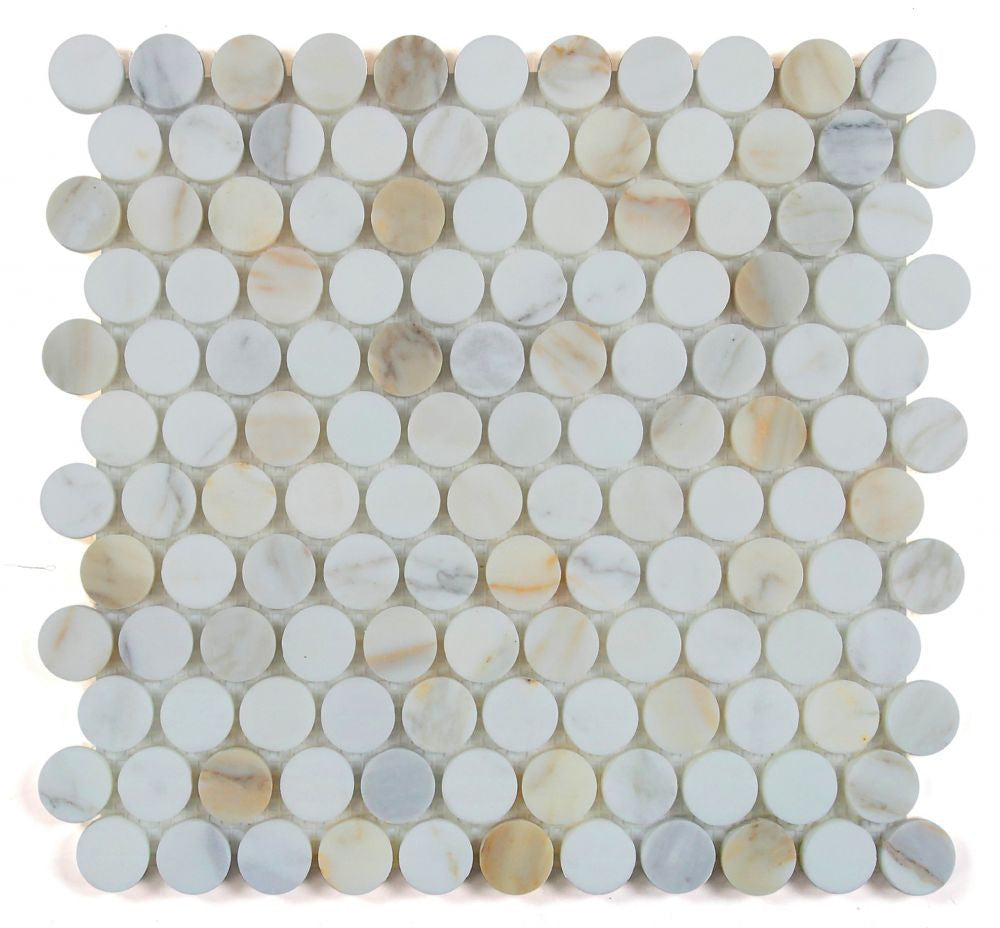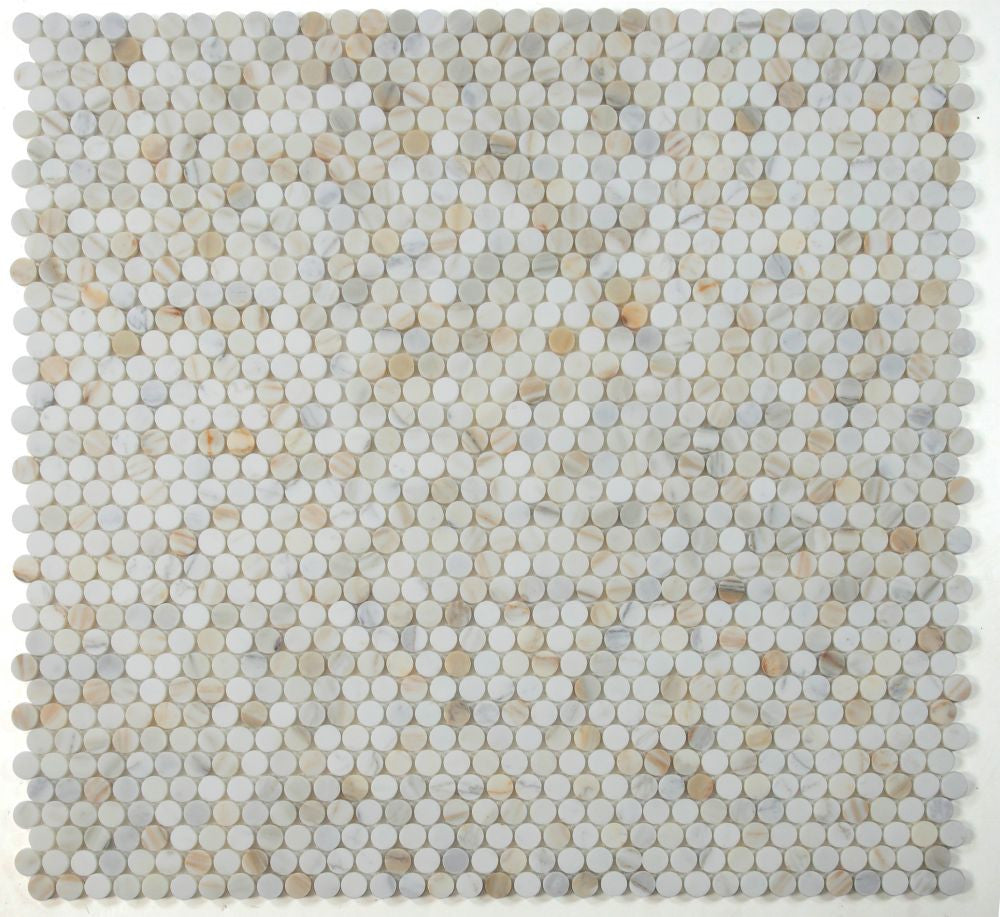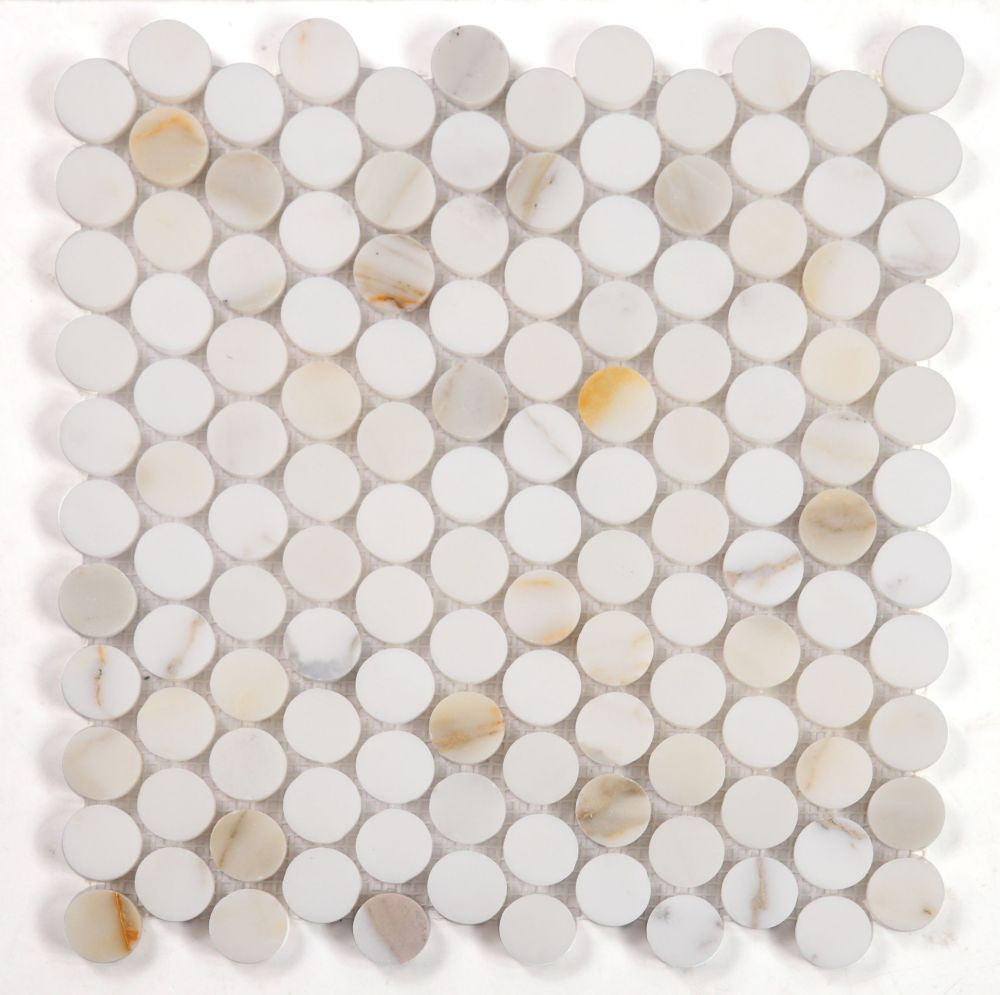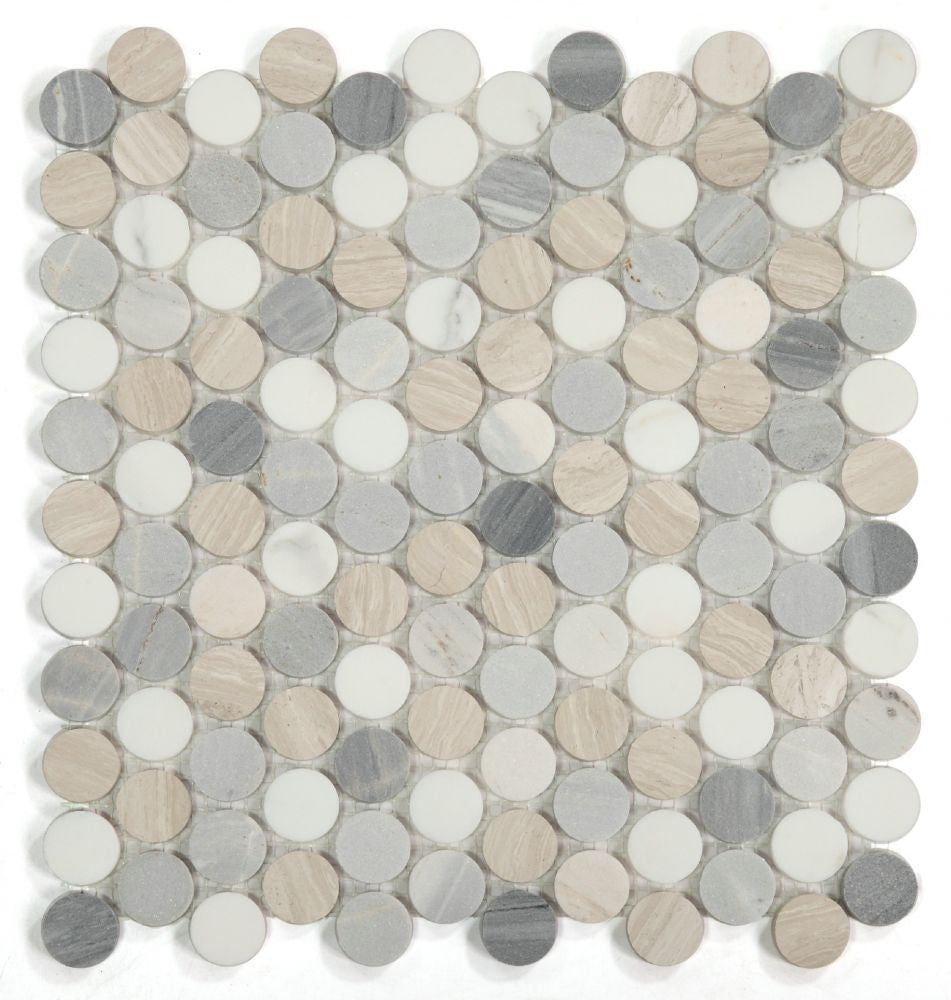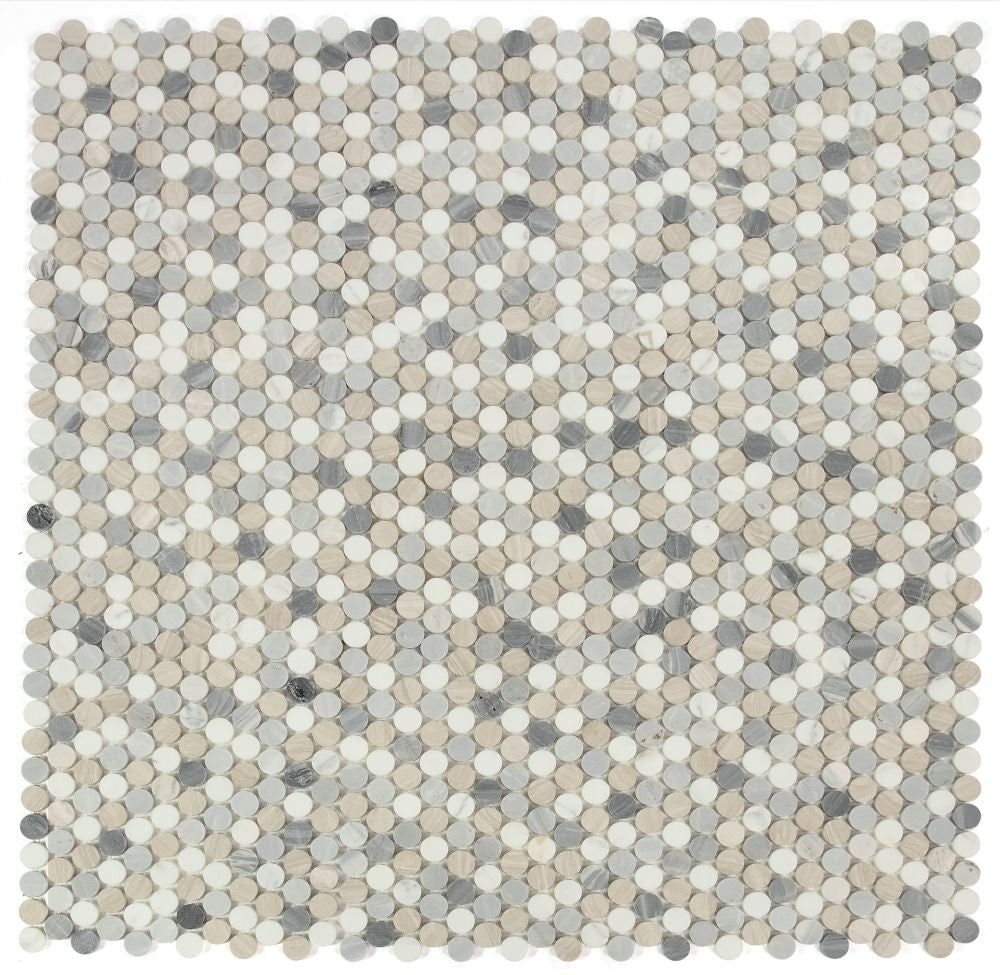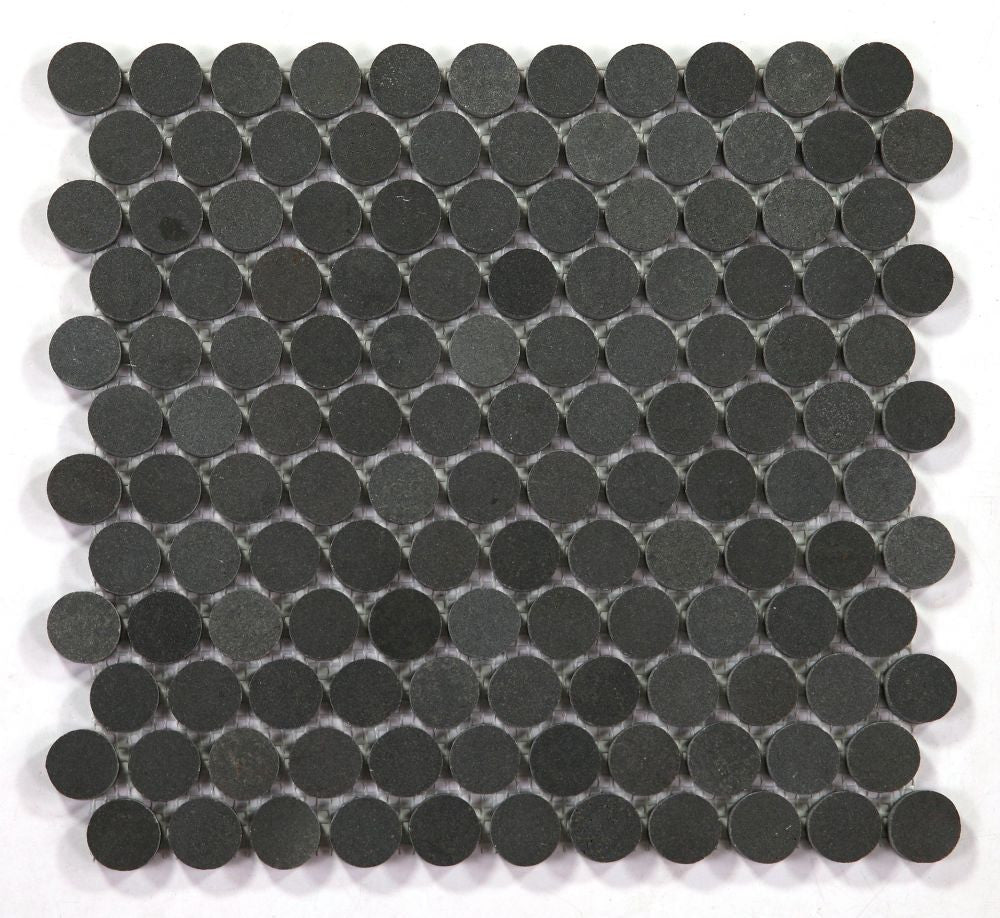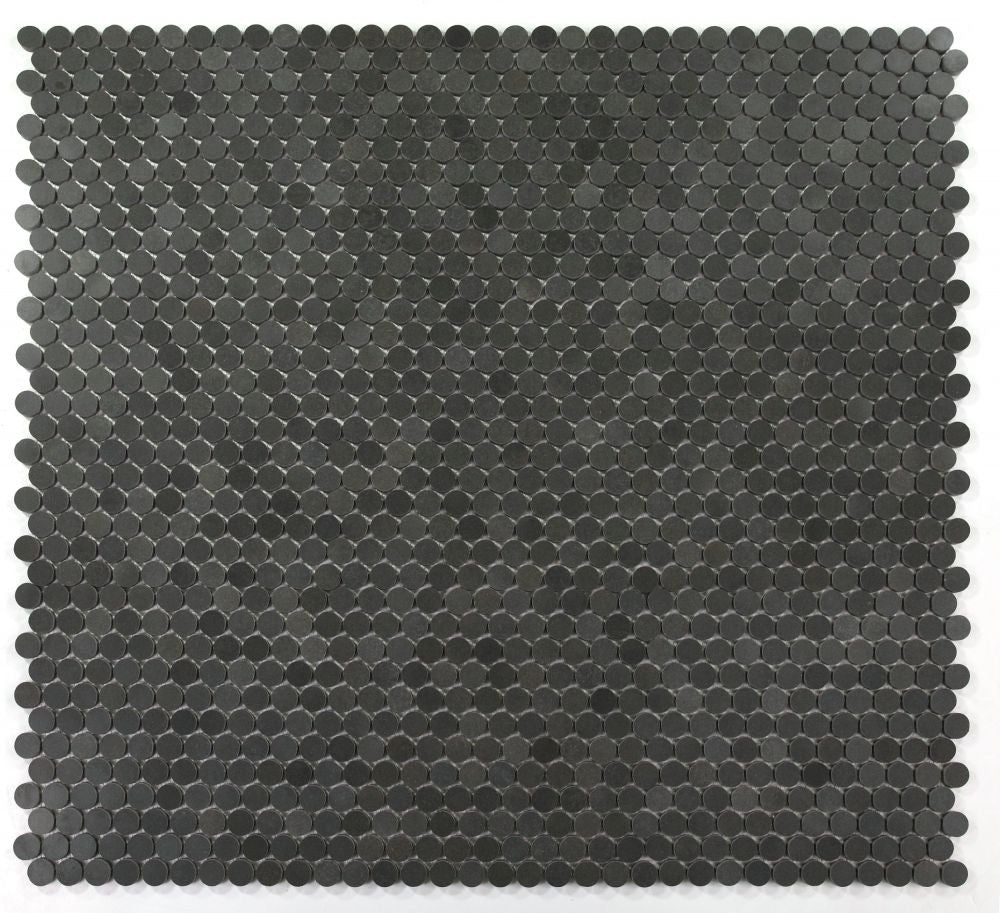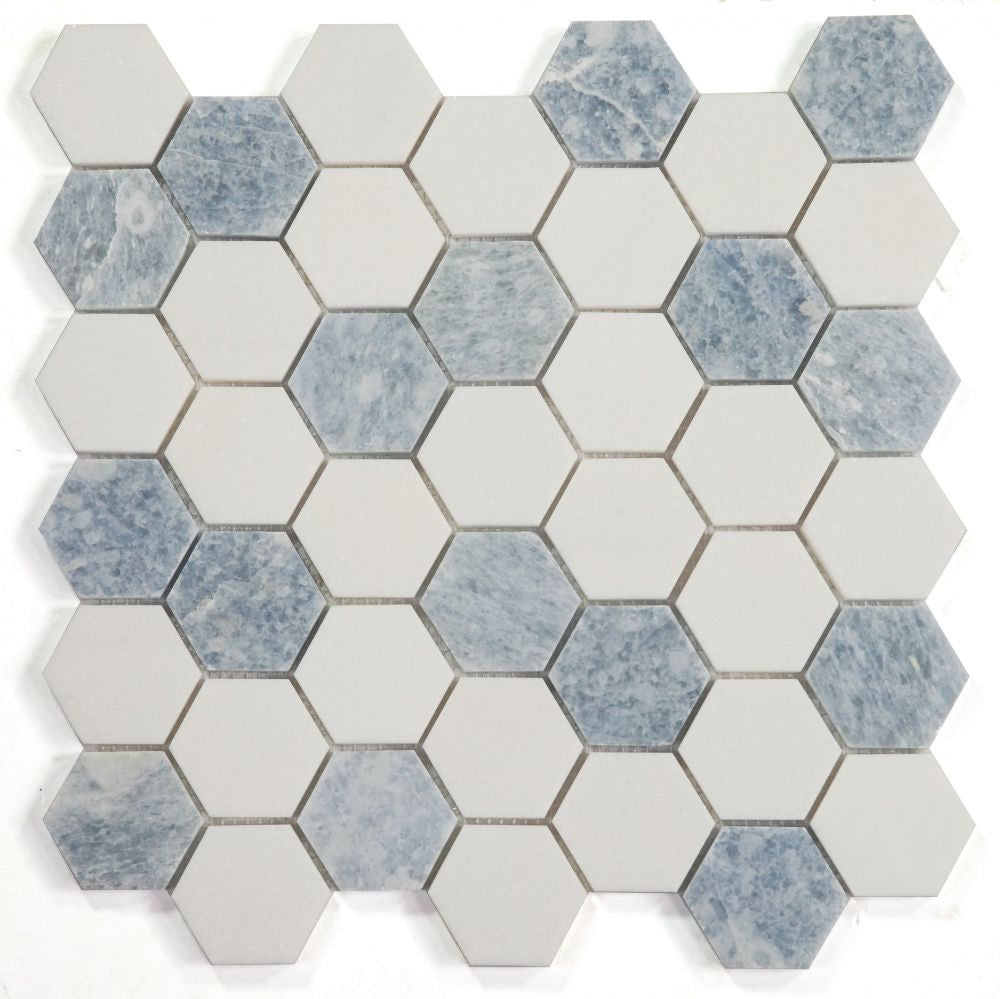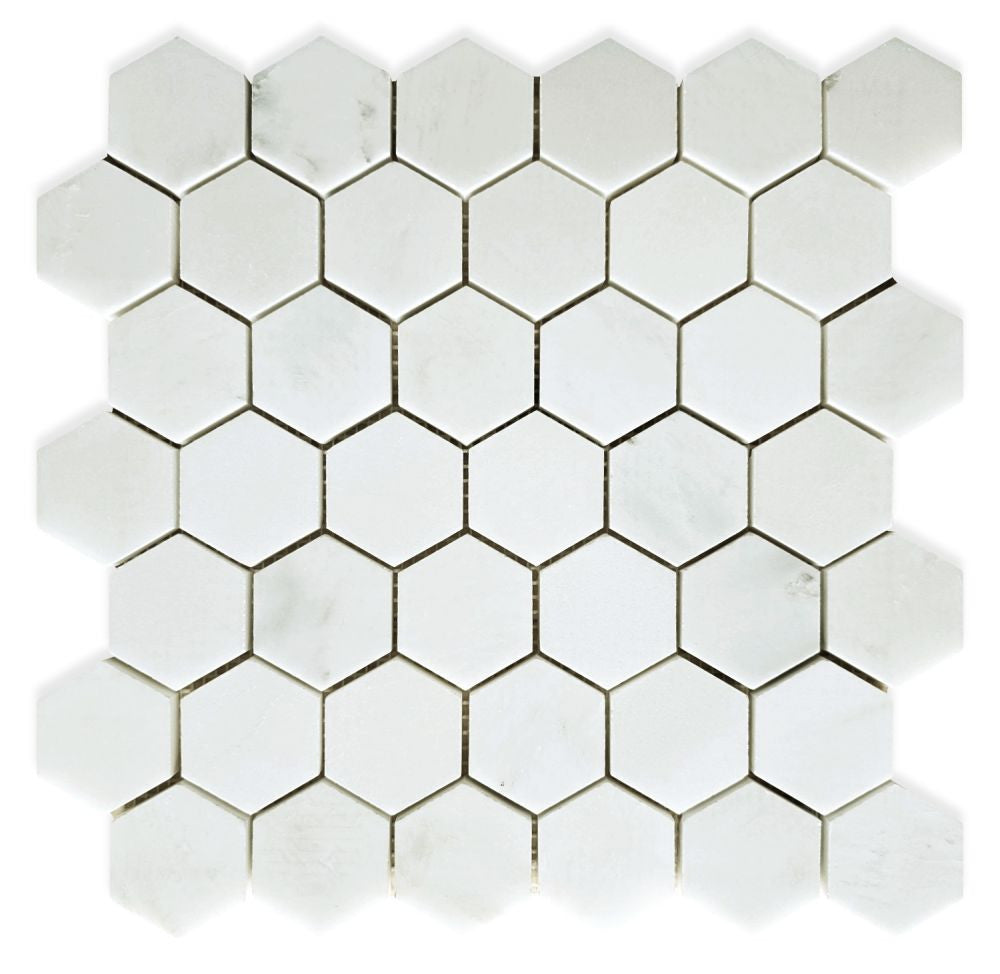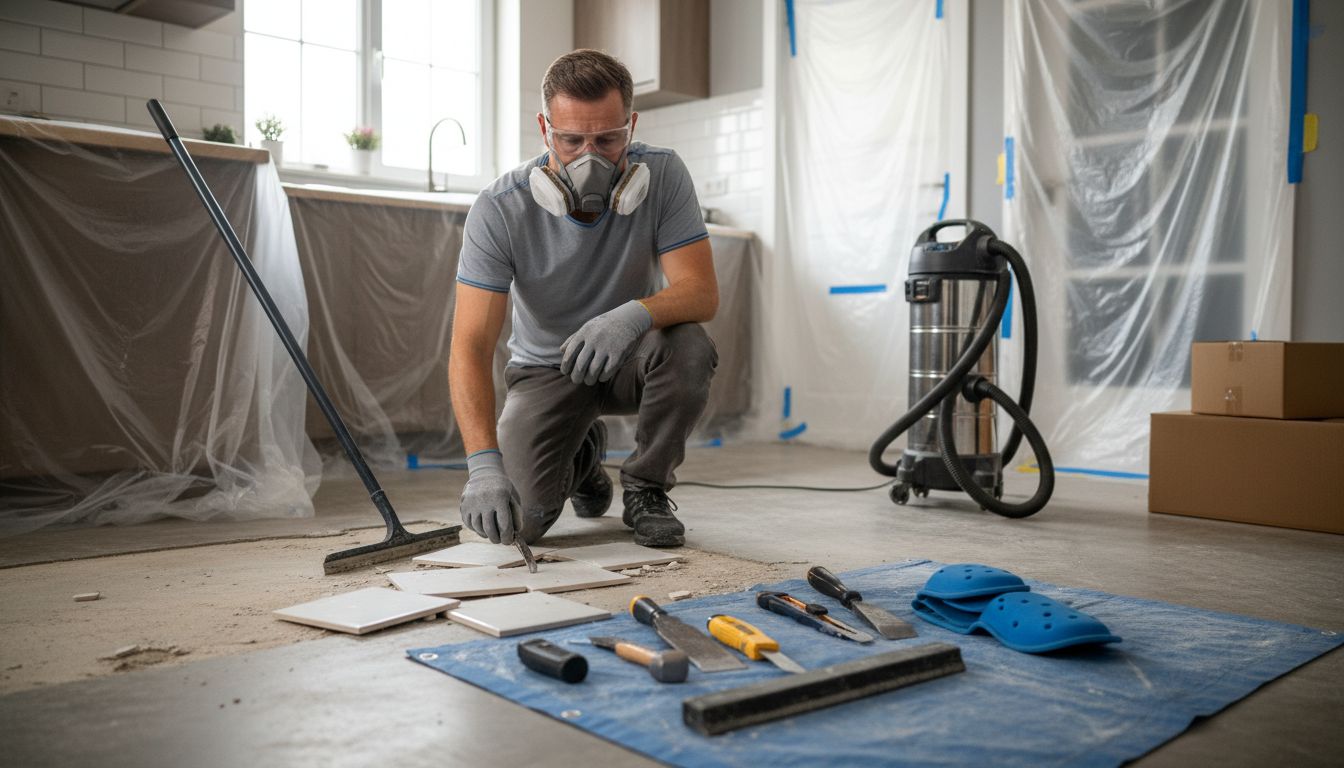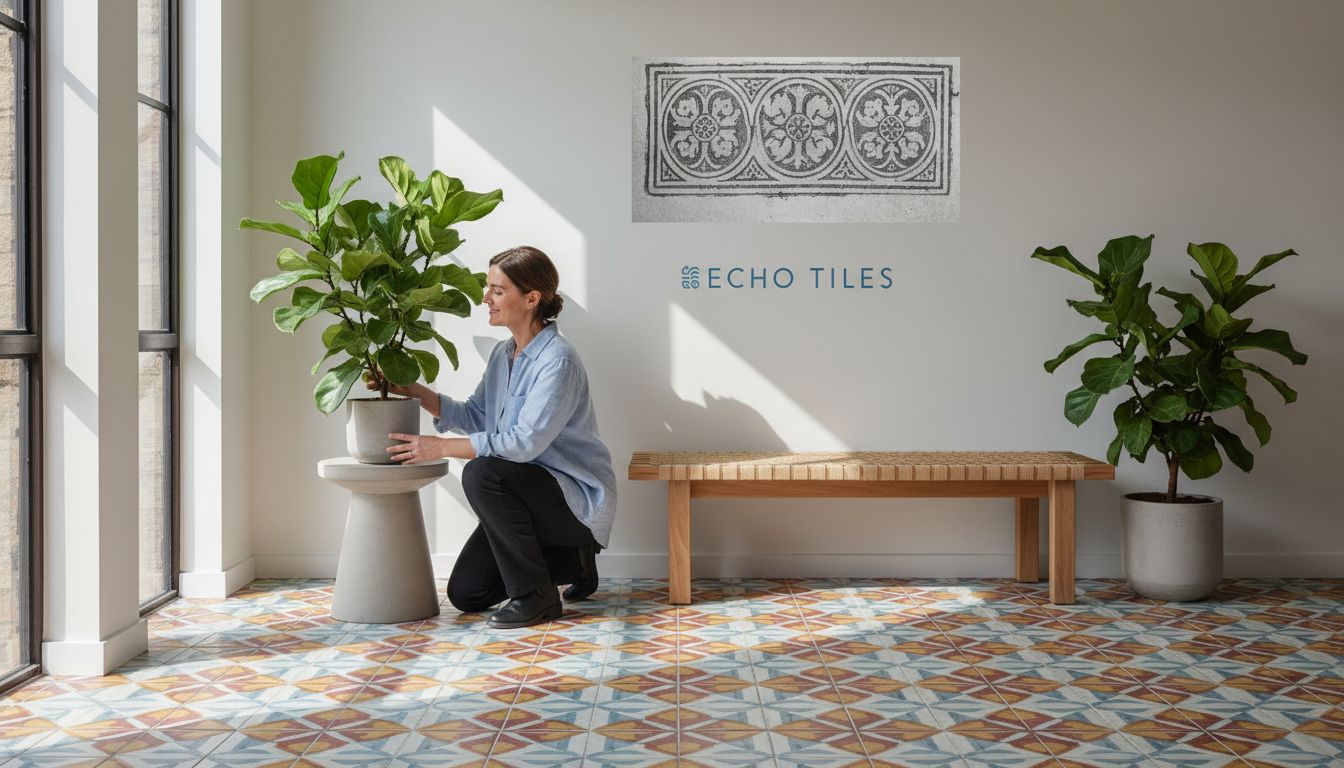Imagine stepping onto tile floors that feel warm and cozy even in the middle of winter. Most people think tile means icy toes and chilly mornings. The reality is underfloor heating can turn your tile floor into an energy-saving system that delivers consistent warmth across every inch and studies show it can cut heating costs by up to 15 percent compared to traditional radiators. This flips the typical cold-tile experience upside down.
Table of Contents
- What Is Underfloor Heating With Tiles?
- Why Choose Underfloor Heating With Tiles?
- How Does Underfloor Heating Work?
- Key Concepts Of Underfloor Heating Systems
- Real-World Applications And Considerations
Quick Summary
| Takeaway | Explanation |
|---|---|
| Energy efficiency is a key benefit. | Underfloor heating operates at lower temperatures, reducing energy consumption and costs compared to traditional systems. |
| Uniform heat distribution enhances comfort. | It eliminates cold spots, providing a consistent and gentle warmth across the entire floor, making spaces much more comfortable. |
| Tile selection is crucial for performance. | Choosing tiles like ceramic or porcelain maximizes heat conductivity and efficiency of underfloor heating systems. |
| Installation requires careful planning. | Ensure proper subfloor preparation and compatibility with heating systems for effective performance and comfort. |
| Adds value to your property. | Modern underfloor heating systems can increase property desirability, appealing to potential buyers with energy-efficient features. |
What is Underfloor Heating with Tiles?
Underfloor heating represents an innovative home heating solution that transforms your tile floors into an efficient warmth distribution system. Unlike traditional radiators that heat rooms from specific points, this technology creates a consistent, comfortable temperature across your entire floor surface. Radiant heating systems provide homeowners with an exceptional alternative to conventional heating methods.
How Underfloor Heating Works with Tiles
Underfloor heating operates through two primary mechanisms: electric and water-based systems. Electric systems utilize thin heating wires installed beneath tile surfaces, while water-based systems circulate warm water through embedded pipes. Both methods generate heat that radiates upward, creating a gentle, even warmth throughout the room. Tiles are particularly excellent conductors of heat, making them an ideal flooring material for this heating technology.
Key Benefits of Underfloor Heating with Tiles
Homeowners choosing underfloor heating with tiles enjoy numerous advantages:
- Energy Efficiency: Radiant heating requires lower water temperatures compared to traditional radiators, reducing overall energy consumption
- Uniform Heat Distribution: Eliminates cold spots and provides consistent warmth across the entire floor surface
- Aesthetic Flexibility: Allows complete design freedom without bulky radiators interrupting room layouts
For those interested in exploring tile options that complement underfloor heating, read more about different floor tile types that work exceptionally well with this heating system. Ceramic, porcelain, and natural stone tiles are particularly recommended for their superior thermal conductivity and durability.
Why Choose Underfloor Heating with Tiles?
Choosing underfloor heating with tiles represents a smart home improvement strategy that combines comfort, efficiency, and aesthetic appeal. Homeowners increasingly recognize this technology as a superior alternative to traditional heating methods. Thermal efficiency research demonstrates that radiant heating systems can significantly reduce energy consumption while providing exceptional warmth.
Comfort and Performance Advantages
Underfloor heating with tiles delivers unparalleled comfort by generating consistent, gentle heat that rises evenly from the floor. Unlike conventional radiators that create temperature variations and cold spots, this system ensures a uniform warmth that feels natural and soothing. Ceramic and porcelain tiles absorb and retain heat exceptionally well, making them perfect conductors for radiant heating technology.
Financial and Environmental Benefits
Investing in underfloor heating with tiles offers substantial long term advantages:
- Energy Savings: Reduces heating costs by operating at lower temperatures compared to traditional heating systems
- Increased Property Value: Adds a modern, desirable feature that attracts potential buyers
- Reduced Carbon Footprint: Minimizes energy consumption and supports sustainable home design
For homeowners interested in exploring tile options that maximize heating efficiency, check out our comprehensive tile selection guide to find the perfect match for your underfloor heating system. Each tile type offers unique thermal properties that can enhance your home’s overall heating performance.

How Does Underfloor Heating Work?
Underfloor heating is a sophisticated thermal technology that transforms traditional home heating by distributing warmth directly through floor surfaces. Radiant heating systems operate on fundamental principles of heat transfer, creating an efficient and comfortable warming mechanism that differs significantly from conventional heating methods.
Types of Underfloor Heating Systems
Two primary underfloor heating technologies exist: electric and hydronic (water-based) systems. Electric systems use thin heating cables or mats installed beneath tile surfaces, generating heat through electrical resistance. Hydronic systems circulate warm water through a network of pipes embedded in the floor, providing a consistent and gentle heat distribution. Both methods leverage the thermal conductivity of tiles to radiate warmth evenly across the room.
Below is a comparison table detailing the differences between electric and hydronic underfloor heating systems, helping you understand which system may suit your needs best.
| System Type | How It Works | Key Advantages | Typical Applications |
|---|---|---|---|
| Electric | Thin heating cables or mats installed beneath tiles generate heat | Quicker installation, easier to retrofit, good for smaller areas | Bathrooms, kitchens, remodels |
| Hydronic (Water) | Warm water circulates through pipes embedded in the floor | Lower long-term running costs, efficient for large spaces | New builds, large open-plan rooms |
Technical Mechanics of Heat Distribution
The core principle of underfloor heating involves radiant heat transfer. Unlike traditional radiators that heat air directly, these systems warm surfaces from beneath, which then radiate heat upward. This method creates several significant advantages:

- Consistent Temperature: Eliminates temperature stratification by warming the entire floor surface
- Efficient Energy Transfer: Minimizes heat loss by directly warming objects and people
- Silent Operation: No moving parts or fan noise associated with traditional heating systems
For homeowners considering this technology, explore our comprehensive guide on tile types that work best with underfloor heating systems, ensuring optimal thermal performance and aesthetic appeal.
Key Concepts of Underfloor Heating Systems
Underfloor heating represents a complex thermal engineering solution that goes beyond traditional heating approaches. Advanced thermal efficiency research reveals intricate principles governing these sophisticated heating systems, transforming how homeowners understand temperature management and energy distribution.
Thermal Mass and Heat Retention
Thermal mass plays a critical role in underfloor heating performance. Materials like ceramic and porcelain tiles possess exceptional heat retention capabilities, storing thermal energy and releasing it gradually. This characteristic enables the heating system to maintain consistent temperatures with minimal energy input. Tiles act as thermal reservoirs, absorbing heat during active warming periods and radiating warmth even after the primary heating source deactivates.
This table organizes the thermal performance characteristics of popular tile materials for underfloor heating to guide your selection for optimal comfort and efficiency.
| Tile Material | Thermal Conductivity | Heat Retention | Durability | Suitability for Underfloor Heating |
|---|---|---|---|---|
| Ceramic | High | Good | Very Durable | Excellent |
| Porcelain | Very High | Excellent | Extremely Durable | Excellent |
| Natural Stone | High | Excellent | Durable (varies by stone) | Excellent |
Energy Transfer and Efficiency Principles
Underfloor heating systems operate on sophisticated energy transfer principles that distinguish them from conventional heating methods. The core mechanism involves direct surface warming, which creates several unique thermal dynamics:
- Radiant Heat Transmission: Transfers warmth directly through surfaces rather than heating air
- Uniform Temperature Distribution: Eliminates cold spots and temperature stratification
- Reduced Heat Loss: Minimizes energy waste through more direct warming mechanisms
For homeowners seeking deeper insights into tile selection for optimal thermal performance, explore our comprehensive tile type guide to understand how different materials interact with underfloor heating technologies.
Real-World Applications and Considerations
Underfloor heating with tiles presents nuanced applications across residential and commercial spaces, requiring strategic planning and thoughtful implementation. Energy efficiency experts recommend understanding specific environmental and structural considerations before installation to maximize performance and comfort.
Ideal Spaces for Implementation
Certain home environments benefit more significantly from underfloor heating technology. Bathrooms, kitchens, living rooms, and basement areas represent prime locations where consistent warmth and aesthetic appeal converge. Ceramic and porcelain tiles work exceptionally well in these spaces, offering durability and superior heat conduction. The technology proves particularly advantageous in rooms with large floor areas and minimal furniture obstruction, enabling optimal heat distribution.
Critical Installation Considerations
Successful underfloor heating implementation demands careful evaluation of multiple factors:
- Subfloor Preparation: Requires smooth, level surfaces with adequate insulation to prevent downward heat loss
- Tile Selection: Demands materials with high thermal conductivity and compatibility with heating systems
- Electrical or Hydronic System Compatibility: Needs professional assessment of existing infrastructure
For homeowners seeking comprehensive guidance on tile selection for underfloor heating, explore our detailed tile type compatibility guide to make informed decisions about your home heating strategy.
Transform Your Underfloor Heating Project Into Lasting Comfort
Struggling to achieve reliable and energy-efficient warmth through underfloor heating with tiles? Many homeowners discover that uneven heat, cold spots, and the challenge of choosing the right tile can turn an exciting renovation into a source of daily frustration. The article highlighted the need for the perfect tile type—ceramic, porcelain, or natural stone—with the right thermal properties for radiant heat transfer and lasting comfort.
Isn’t it time your home experienced the gentle, consistent warmth only the best tiles can deliver? 
Don’t let the wrong tile choice undermine your underfloor heating investment. At TileChoices.com, you will find a curated selection of tile options that pair perfectly with underfloor heating systems. Looking for expert guidance on which tiles work best? Start with our comprehensive tile selection guide that explains key concepts like thermal conductivity and durability. For a seamless experience, browse our full range and request free samples directly from our home page. Secure the comfort and savings you deserve—visit us today and bring effortless warmth into every room.
Frequently Asked Questions
What is underfloor heating with tiles?
Underfloor heating with tiles is a heating system that utilizes either electric wires or water-based pipes beneath tile floors to provide consistent warmth throughout a room. This technology improves energy efficiency and comfort compared to traditional radiator heating.
How does underfloor heating work with tiles?
Underfloor heating operates through electric systems that use heating wires or water systems that circulate warm water. The heat radiates upward from the tile surfaces, ensuring uniform heat distribution and eliminating cold spots.
What are the benefits of using tiles with underfloor heating?
Tiles are excellent conductors of heat, allowing for efficient warmth distribution. Benefits of using tiles include energy efficiency, aesthetic flexibility, and improved comfort as they retain and radiate heat evenly across the floor.
What types of tiles are best for underfloor heating?
Ceramic, porcelain, and natural stone tiles are recommended for underfloor heating due to their thermal conductivity and durability. These materials absorb and maintain heat effectively, maximizing the system’s efficiency.
Recommended
- Understanding Tile Flooring vs Hardwood: A Comprehensive Guide – Tile Choices
- Understanding Porcelain Wood Plank Tiles: A Comprehensive Guide – Tile Choices
- Understanding the Cost of Tile Installation in Your Home – Tile Choices
- Understanding the Difference Between Wall and Floor Tiles – Tile Choices


